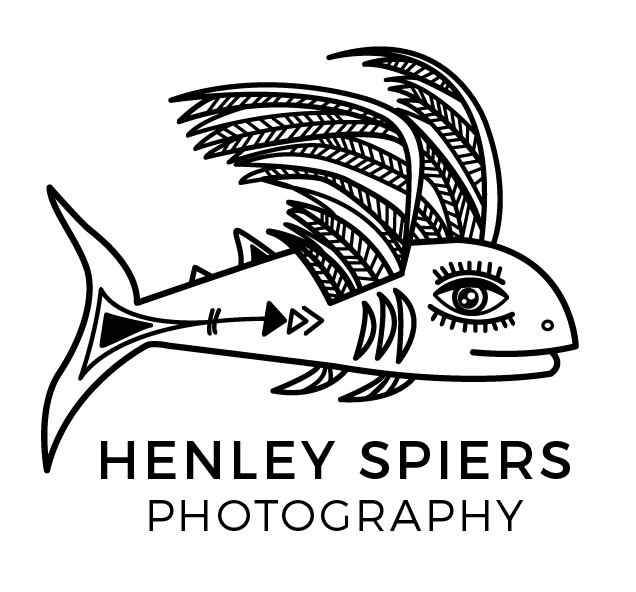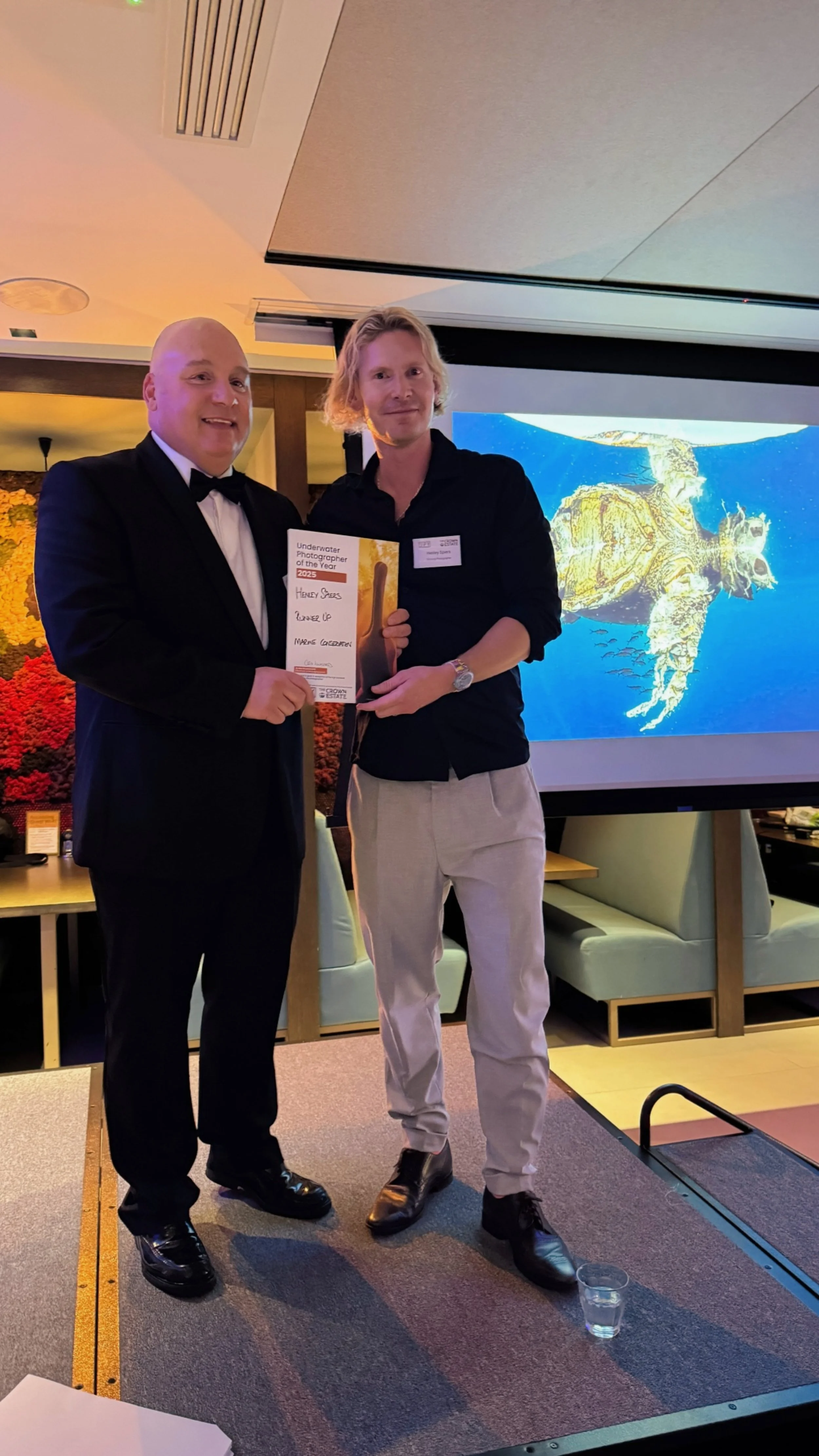‘Gannet Storm’ won the grand prize in the HIPA contest (and $120,000 prize), and was also awarded in the Underwater Photographer of the Year and the Siena International Photo Contest.
Competitions hold a lot of appeal to many underwater photographers as an outlet for their images. It is important to recognise that the process of adding competition to an artistic discipline is inherently flawed. Photography is not a sport and we can never say who the winner was in the same was as a game where the number of goals gives us a barometer of the better player or team.
Competitions are not a prerequisite for your photographs - you don’t have to enter them. If you do enter, it’s important not to get too high or too low depending on your results.
Even for the most celebrated photographers, the majority of their images will fail upon entry to competitions. No one gets to win all the time. At the time of writing, there has still never been a photographer who won the Underwater Photographer of the Year or Ocean Photographer of the Year grand title more than once.
It’s normal and quite fun to bemoan and critique results of competitions but don’t let it go to far and slip into despondency and bitterness. It’s important to ensure that the process of entering competitions is giving you more than it takes. that doesn’t mean that you always win, but that the overall process is fulfilling and driving your photography forwards.
What are the benefits?
Recognition for your photography amongst peers and community.
Wide dissemination of your picture(s) through press coverage and exhibitions.
Prizes - either in the form of cash, trips, or gear.
Opportunity to attend and enjoy awards ceremonies.
Build a reputation and CV - especially important for anyone with aspirations to work in photography.
Open up new opportunities such as people or companies wishing to buy the picture as stock or as a print. Wider opportunities to publish and gain new shoots helped by the kudos bestowed on you by the award.
Striving for competition worthy images can push you to take more creative risk as a photographer and improve your photography. It can also push you to be more deliberate in your choices as you try to find a truly novel way of seeing underwater through a camera lens.
On stage at the awards ceremony for the Underwater Photographer of the Year with Alex Mustard.
What’s the downside?
Cost of entry: most contest have an entry fee, sometime a single fee for a batch of images, sometimes it will be a cost per image. The amount varies by contests but the financial outlay to enter multiple contests through the year will add up to several hundreds of dollars.
Time: entering contests takes time - there are ways to become more efficient but to do contests well you should enter many and there is a time cost attached to this. If your pictures progress to the shortlist or final round, this will necessitate more time as you provide whatever information or files are requested.
Frustration: it’s no fun losing, especially if you feel like the awarded pictures weren’t deserving. Even if you are awarded, you may feel like your picture could have been higher up the pecking order.
Despondency and demotivation: in some cases, where a strong desire for contest success is combined with a lack of results, it can have a detrimental impact on your photography as you lose confidence and become inhibited in your creative vision and growth.
Where to begin?
The first thing to do is to establish what contests you wish to enter. There are a lot out there! The deadlines for each are spread out through the calendar year. The two key things as you begin are to have a list of contests you wish to enter and to know when their deadline for entries is. It is good strategy to enter several contests. I liken it to job applications: it’s not smart to only make one job application and base your self worth on that outcome. Enter several contests and if your images are of the required standard they are have a better chance of being awarded in at least one.
Once you have entered a contest once, there is usually a newsletter which will then remind you of deadlines for future years. I often leave entry to the final week or few days of the entry period, but wouldn’t recommend waiting until the final few hours. A faulty internet connection on either your part or overloaded servers for the competition entry portal could kill your chances before you’ve even started. It’s also easy to make a mistake in terms of time differences according to where the contest is based - 17:00 deadline in the USA versus 17:00 in Singapore are very different timings!
Before submitting pictures you should carefully read the competition rules. These will vary from contest to contest. What specs should images be submitted with?
JPG or TIFF?
How many pixels on the longest side?
Minimum or maximum file size?
Colour space? sRGB or RGB98?
What DPI or pixels per inch?
Other key elements to look out for when reading the rule book:
Any limitations in terms of how old the picture is?
Is there a minimum size the picture needs to be if selected? A useful rule of thumb is an image needs to have at least 3000 pixels on the longest side to meet printing requirements for a competition exhibition.
Any limitations in terms of entering pictures which have been previously awarded in other contests?
What editing is allowed or not?
Is backscatter removal allowed?
On Sky News after winning the Coast and Marine category in the British Wildlife Photography Awards - press coverage is one of the perks of competition success.
The next thing to do is look at the results from previous years. It’s unlikely that the same style of picture, of the same subject will be awarded again, so one aspect of this is research is to avoid repetition with your own entries.
Another is to get a feel for what type of images the contest values as a whole and in each category. Do they appreciate images with more of a fine art or pure documentary feel? Are pictures which have a strong conservation story important to the competition? Do they consistently award black and white pictures or almost never? If there is a natural artistry style category, are entries extremely abstract or not?
The judging panel of a contest makes more difference to me in terms of whether I enter than what I enter. Unless the judging panel is consistent each year, it’s hard to get a read on their taste. For most contests, judges rotate each year (which also affords an opportunity to re-enter an image you believe in and see it evaluated by fresh eyes). I do not think really believe in the notion that you enter images based on assumptions about specific judges.
For example, if a specific judge is well known for their open ocean photography, what does that mean in terms of what you should enter? Will they over-value open ocean imagery because they are a fan of that environment? Or will they be extremely stringent when judging that type of image as they know the area well? You can tie yourself in knots trying to second-guess judges…in my opinion, that energy is better served researching the contest as a whole and taking the time to decide on your best pictures. If in doubt, enter the images you love and would be most proud to see awarded.
Every entry portal is a little different, some easier than others…some are so onerous that they put you off from entering again! As far as captioning, most of the time upon first entry you can save time by keeping captions short and snappy. If shortlisted, you will have an opportunity to provide a much lengthier caption with the full story behind the shot. Save any captions you do write in the metadata of the picture on Lightroom, this will save you time for future entries as it will just be copied and pasted.
A few weeks or months after the entry closes, contests will create a shortlist of images based on the first rounds of judging. You may then get an email requesting RAW and high resolution files, as well as an extended caption. It’s a good sign but don’t get too excited at this stage. It depends on the contest but being shortlisted probably puts you in the top 10% of entries. There is still considerable culling of pictures needed before the final set of awarded pictures are decided. If you are travelling or on a remote shoot, it’s a good idea to ensure you have the RAW files with you in case of such requests. If it’s impossible to send them within the deadline due to connectivity, message the contest organiser to ask for an extension (but don’t make a habit of it).
If you choose to enter competitions, best of luck and remember not to take it too seriously!
Next to my awarded picture at the prestigious Natural History Museum Wildlife Photographer of the Year.





